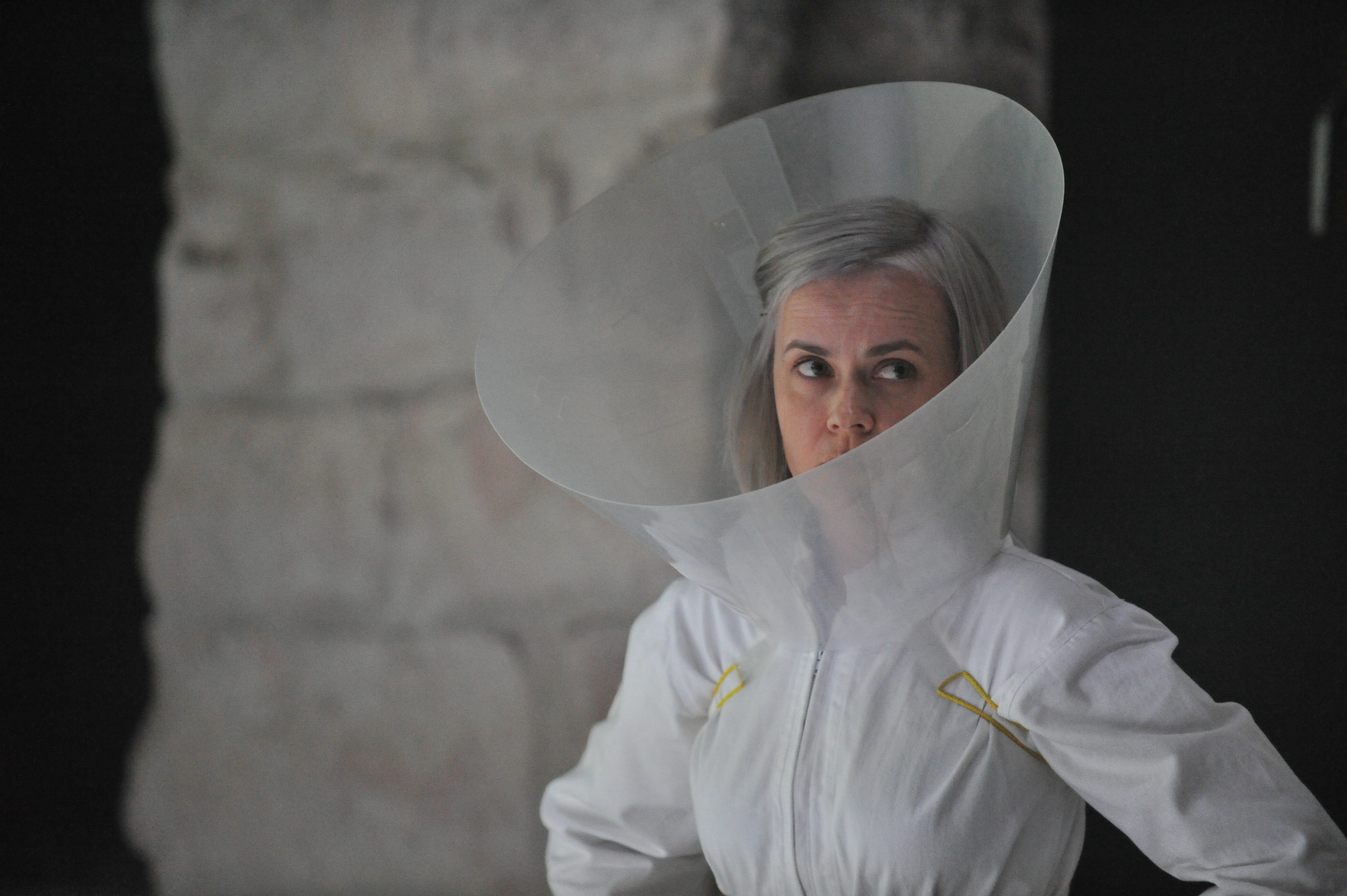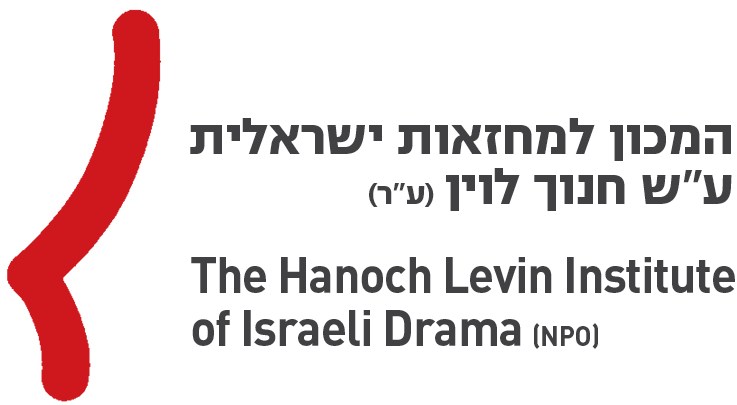How’s the Beast? /
Eyal Weiser
 | |
|
Text in: |
Eyal Weiser’s “How’s the Beast?”
Combining dance, video, and performance art and making use of a |
The characters |
Female:0 Male:0 Total:0 |
Translations |
Chinese, English, Polish |
Productions |
Premierre2015 |
Critics |
"…a clear anti-war message, and moreover, a political stance that stands out beyond the aesthetic and artistic challenges it poses itself and its audience…true accomplishment". (Habama magazine) "In the theatre world there's a constant bewilderment regarding the disappearance of political plays from the Israeli stage and their substitution with 'bread and circuses'. To paraphrase, one may say that one image of an animalistic woman giving birth to the sorrows of war that Weiser offers is worth a thousand words, and that's just one of three parts in his condensed, multi-layered show dealing with war. Witty text... The audience seemed dazed from the intensity of the images and couldn't quite get off their seats and leave the theatre". (Erev Rav Art Magazine) |



